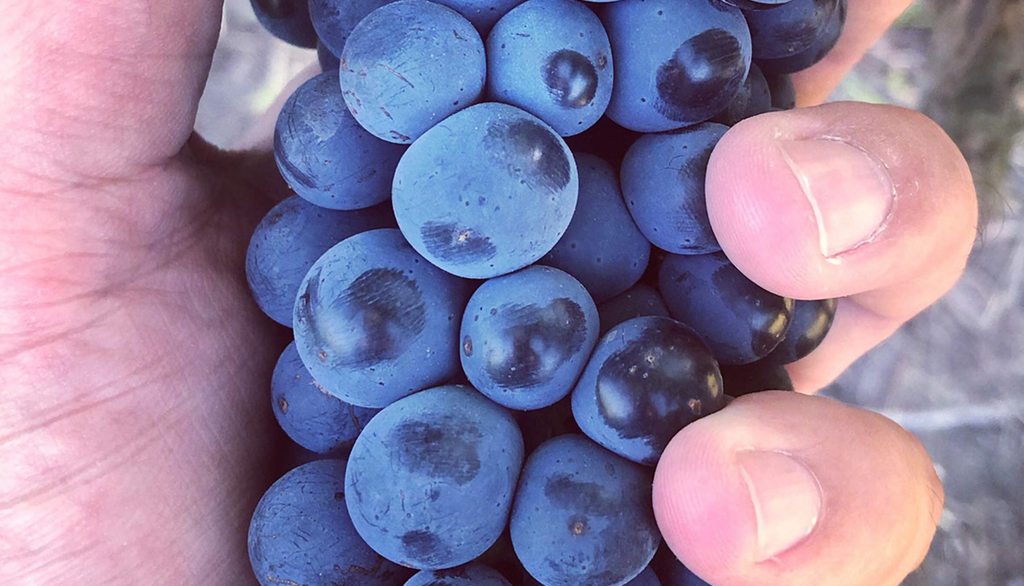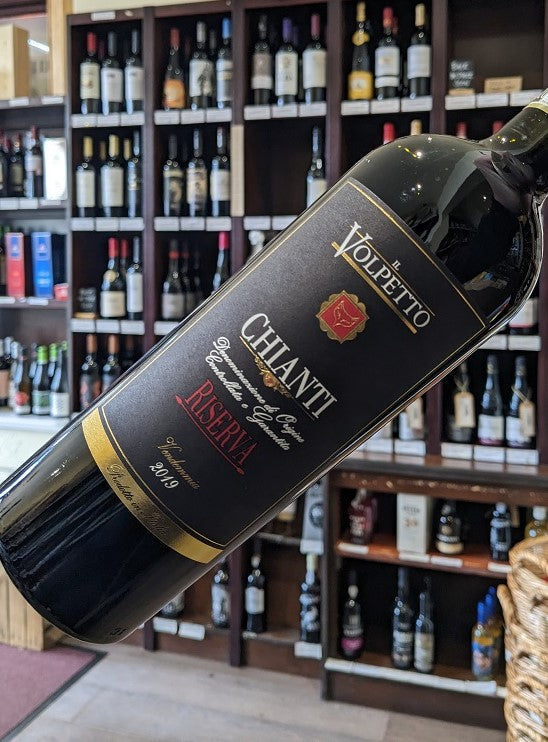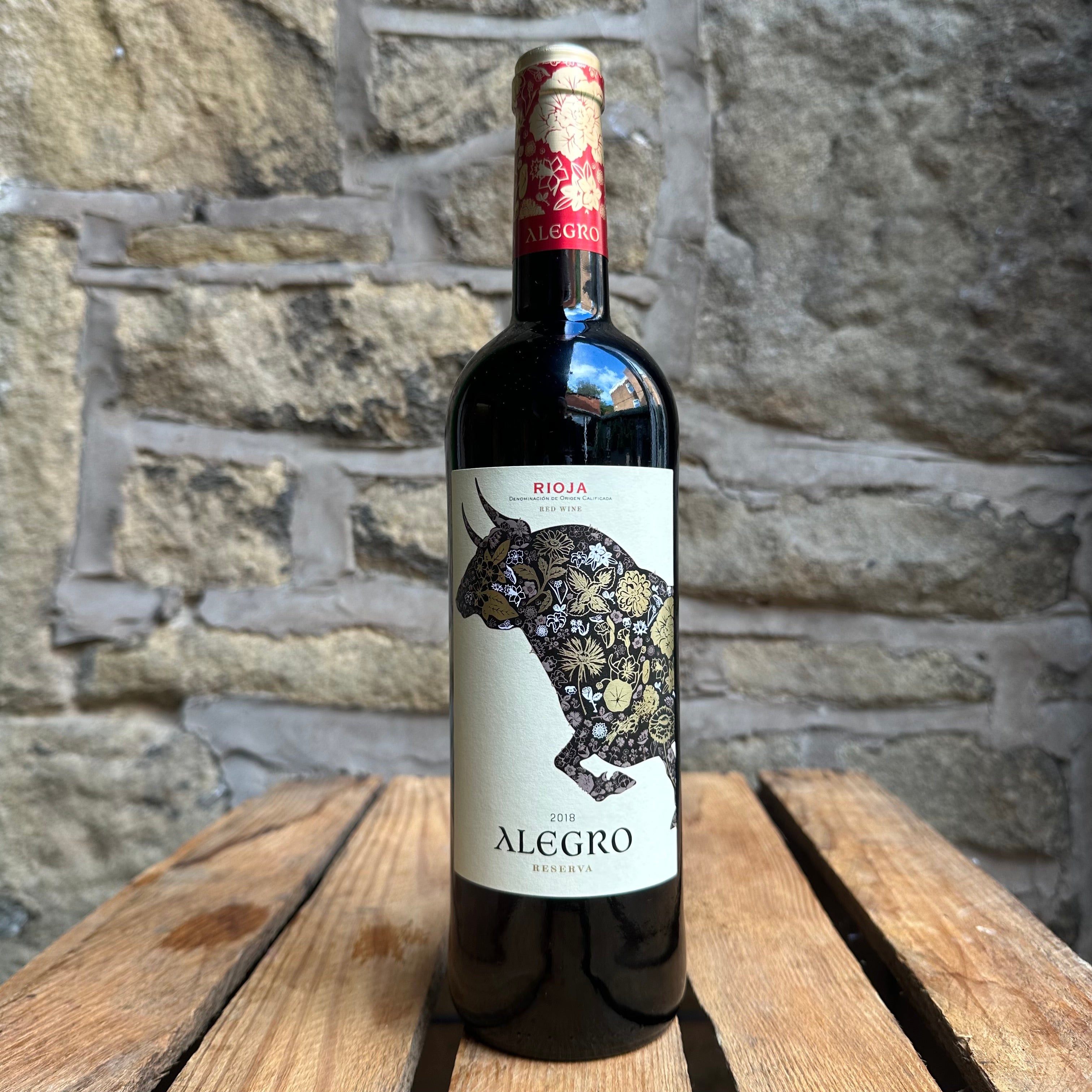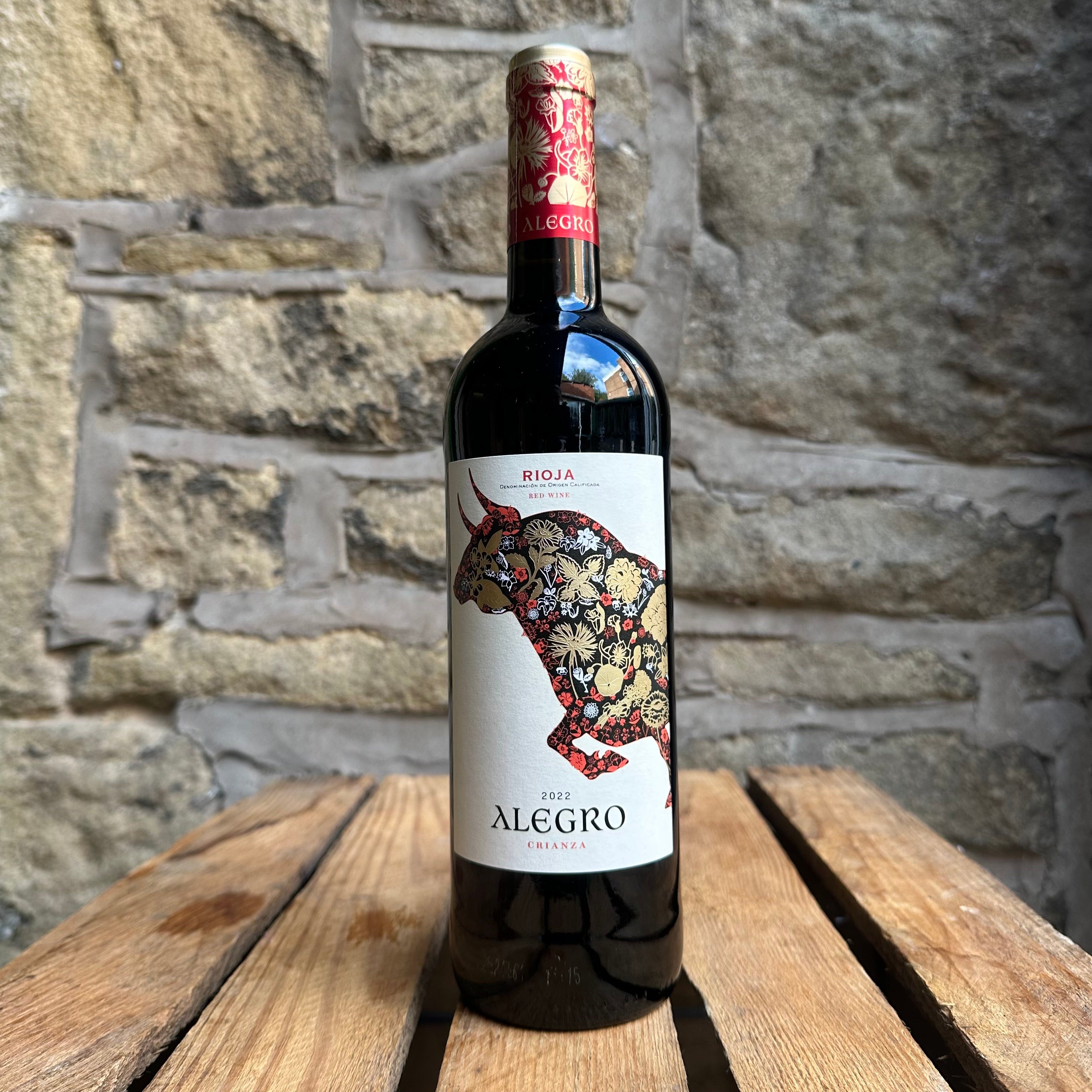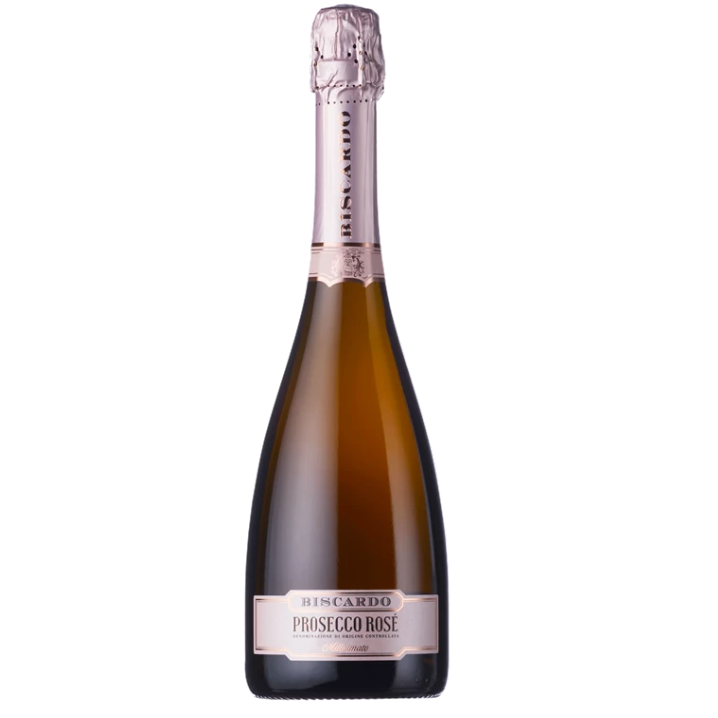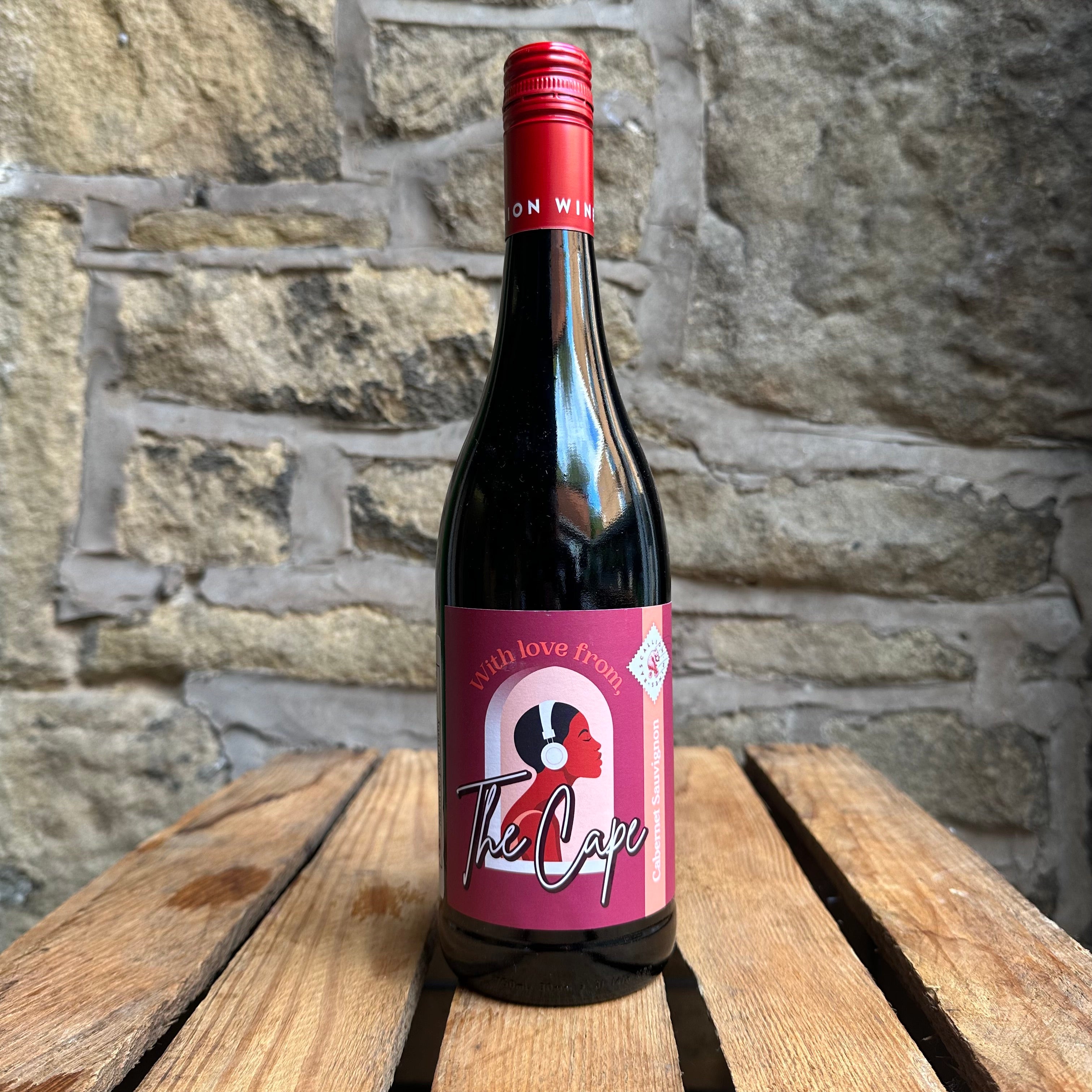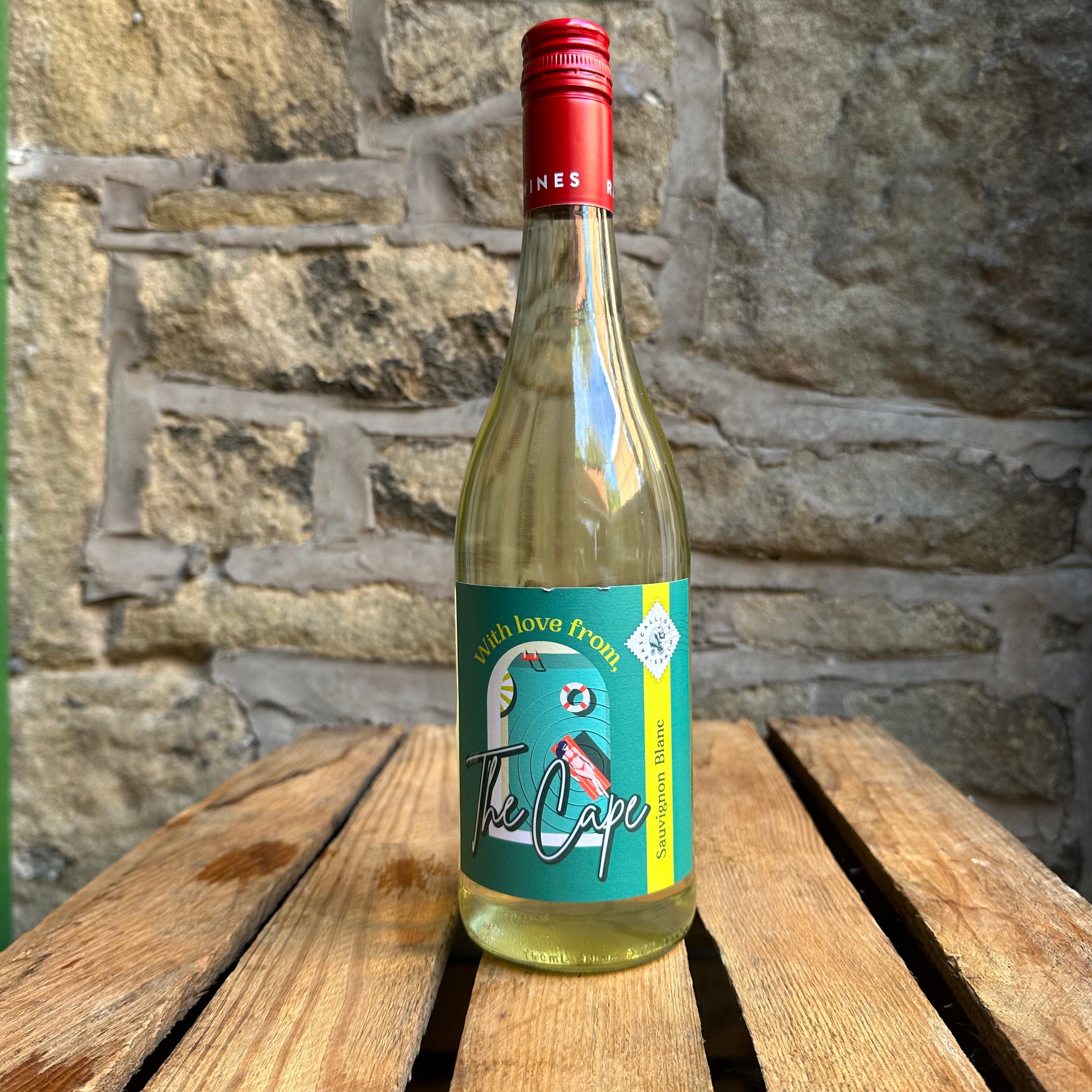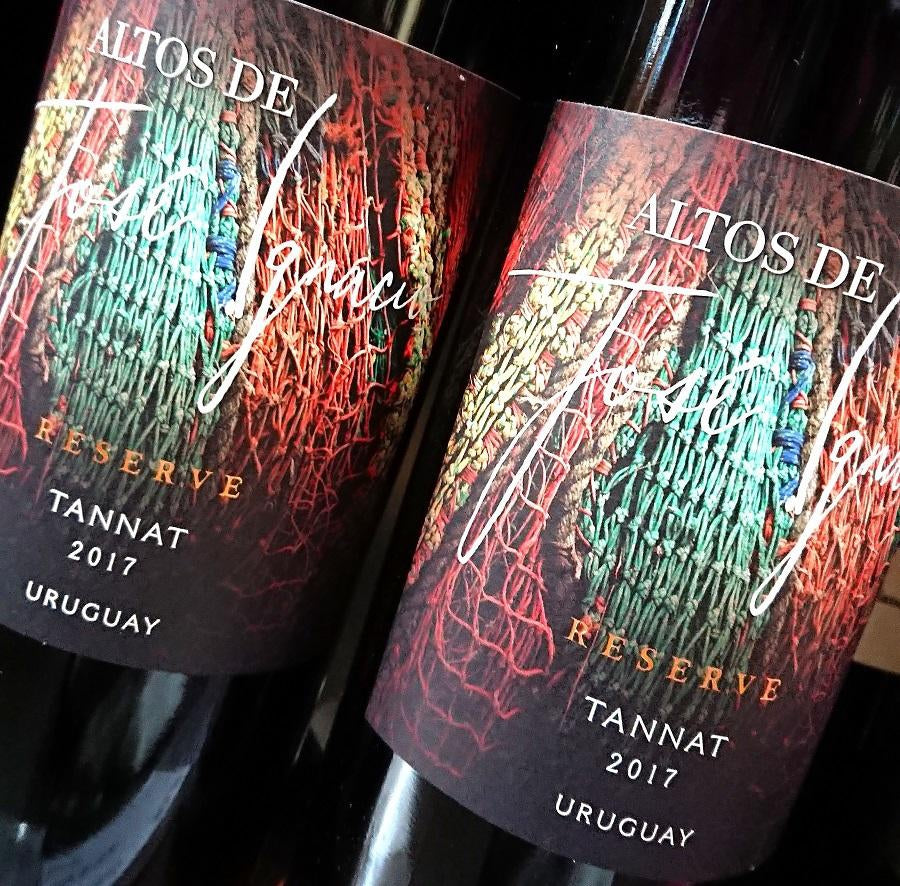
Up and Coming Uruguay

Uruguay may be small in comparison to its neighbours, Brazil and Argentina, but its reputation belies its size. Known internationally as the new home of Tannat (a grape introduced by Basque settlers in the late 19th century), it has a long history of embedded wine culture and a unique, incredibly diverse terroir.
The range of grapevines introduced by European settlers is a testament to its diverse soils and climate, with red grapes (80% of output) such as Cabernet Sauvignon, Cabernet Franc, Merlot, Tempranillo, Pinot Noir, and white grapes (20% of output) such as Albarino, Verdejo, Chardonnay and Viognier, all finding their own little niches. Of ten providing an environment more akin to the Old World, the wines produced are known to be more European in style with softer fruit, higher acid and structured tannins. High levels of rainfall (up to 1300mm annually) can make it difficult to widely produce certain grapes, with the hardy Tannat coming into its own. However, with 99 different types of soil, the shorelines of the widest river in the world, Rio de la Plata, the southern cool climate coastline on the Atlantic Ocean, and almost sub-tropical heat in the northern inland, their appears to be a natural home for every grape to thrive.
Modernisation and investment appeared in the 1990's ensuring a place for Uruguay int he international market, even though its volume of production is much smaller than neighbouring countries. 90% of vineyards are still family-owned, with wine culture a true part of life. In fact, it has the highest per capita wine consumers outside of Europe, consuming 25% more than even us Britons. With vineyards on the same latitude as famed regions such as Mendoza, Barossa Valley and Stellenbosch, alongside a climate that can rival Bordeaux, it is no wonder wine has become so beloved. Most wine is produced in the Canelones & Montevido regions on the southern coast, with modernisation bringing a move of vineyards all across the country. Although 60% is now produced in the main region, it used to be 90%. Many new areas are still in the midst of finding their full potential, making Uruguay an exciting country to watch out for more in the future.
Recommended wines:
Jose Ignacio Reserve Tannat (14.5% £17.10) This juicy wine shows fresh aromas of plums, raspberries and spices. It has soft silky tannins to compliment the ripe blackberry and oak flavours on the palate. Vegetarian and Vegan Friendly. Gimenez Mendez Alta Reserva Tannat (13% £12.10) Hand picked grapes aged in American and French oak for 10 months produce classic cedar, raspberry and plum aromas. The palate is round and balanced with smooth tannins and generous body. Gimenez Mendez Alta Reserva Malbec (13% £12.00) Lots of spice on the nose, with a palate of rich, jammy red fruit flavours balanced with sweet spice and excellent structure.
Jose Ignacio Reserve Albarino (14% £17.10) An Albariño that is intense on the nose with peach and citrus notes. There's a freshness and minerality mid-palate that is superb, with remarkable acidity and a round, crisp finish. Vegetarian and Vegan Friendly. Gimenez Mendez Alta Reserva Sauvignon Blanc (11% £8.90) A wine with an intense herbal bouquet balancing with fruity notes of guava and green apple. Rounded character on the palate with firm structure, lively flavours and a dry, refreshing finish.


